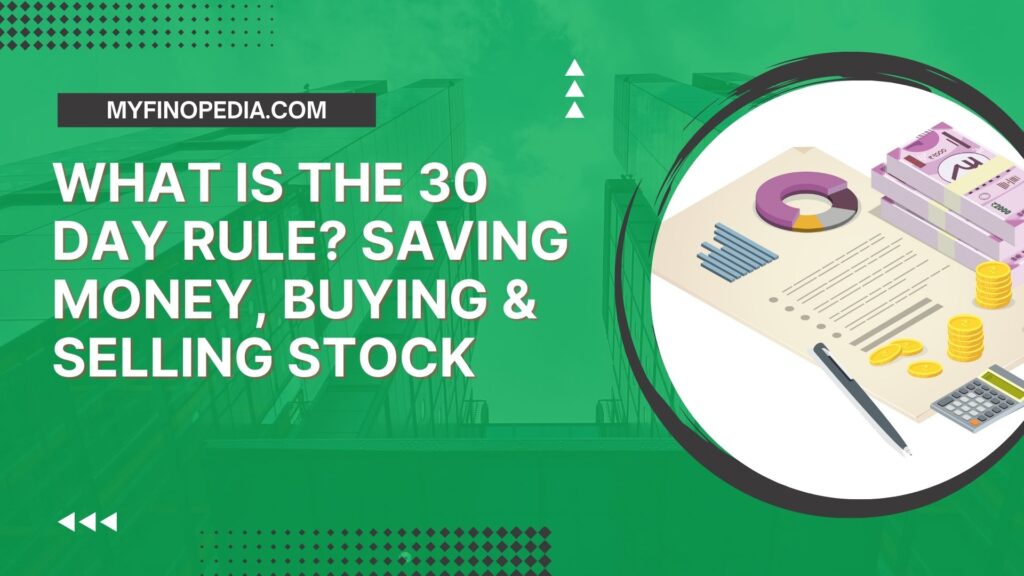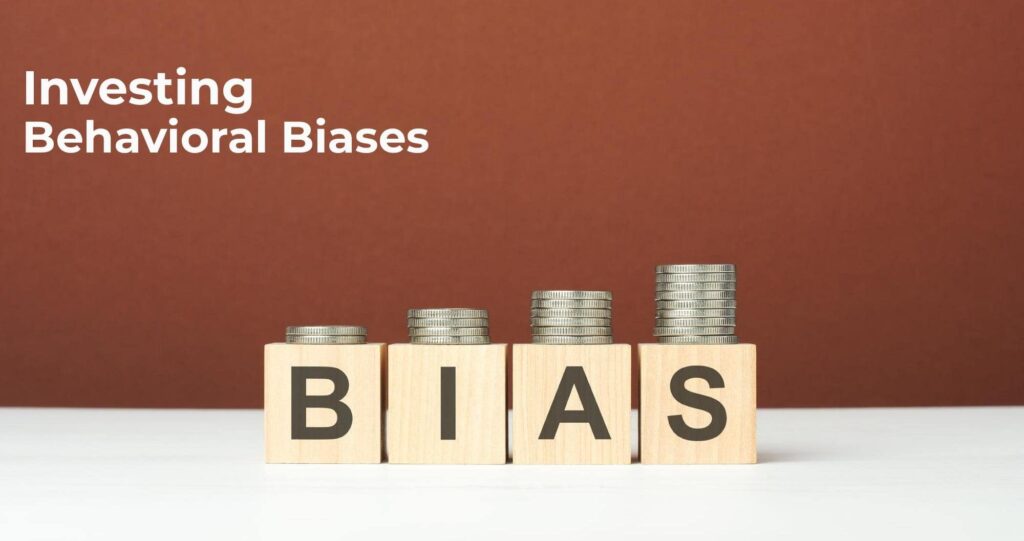The 30-day savings rule is a personal finance technique that involves putting money aside for 30 days to develop an emergency fund or save for a specific goal. The concept is that by saving a tiny, manageable amount instead of impulsive buying, you can gradually accumulate a considerable savings without feeling overwhelmed by the expense.
For example, if you can hold out for 30 days before you spend out your money on a brand-new item of clothing that is on sale, you can either go ahead without making a purchase at the end or enjoy a delayed reward.
The key is that by saving a small, manageable amount each day, you can gradually build up a substantial savings without feeling overwhelmed by the cost. Let’s know in this article how to make it workable for you.
How it Works?
The 30-day rule is not a hard and fast rule, and you can tailor it to your specific requirements and habits. It is a personal finance rule of thumb that advocates waiting at least 30 days before making a large purchase to avoid impulsive buying and make a more informed and thoughtful choice about whether the purchase is truly necessary and worth the cost.
Whenever you have the impulse to make a large purchase, instead of buying it right away, write down the item and the amount you intend to spend on a piece of paper. Place the document somewhere prominent and wait 30 days before determining whether to buy. During this period, you might consider the purchase, your financial situation, and whether it fits into your budget.
Hence, the money saved can be used to back your emergency funds or be deposited into a savings account. It is important to assess your spending and saving habits on a frequent basis to ensure that you are on track to meet your objectives.
What is the 30 Day Rule for Capital Gains?
The 30-day rule isn’t explicitly made for capital gains, but you can manage your investments using comparable ideas. Profits from selling an investment, such as a stock, for more than you bought for it are referred to as capital gains.
To apply the 30-day rule to capital gains, you need wait 30 days after purchasing a stock before selling it. This can help you avoid making rash decisions based on short-term market fluctuations and instead make a more informed decision about when to sell based on your long-term investing objectives.
You might also utilize the 30-day guideline to consider whether you truly need to sell a stock. Whether you’re thinking of selling a stock because you need the money to cover an expense, you should wait 30 days to see if there’s another way to solve your financial situation before selling the stock and paying capital gains taxes.
However, 30-day rule is only a suggestion, not a guarantee. You should always base your investing decisions on your personal financial position and goals, and if you’re unsure about the best course of action, seek the opinion of a financial professional.
The 30-day savings rule can be a powerful tool for developing new habits such as eating healthier, saving money, learning a new skill, or lowering stress. It is critical to make the objective specific, attainable, and relevant to your life, as well as to have a plan in place to stick to it for the entire 30-day time. It is also crucial to note that everyone’s financial situation is unique, and the rule can be tailored to their specific requirements.






